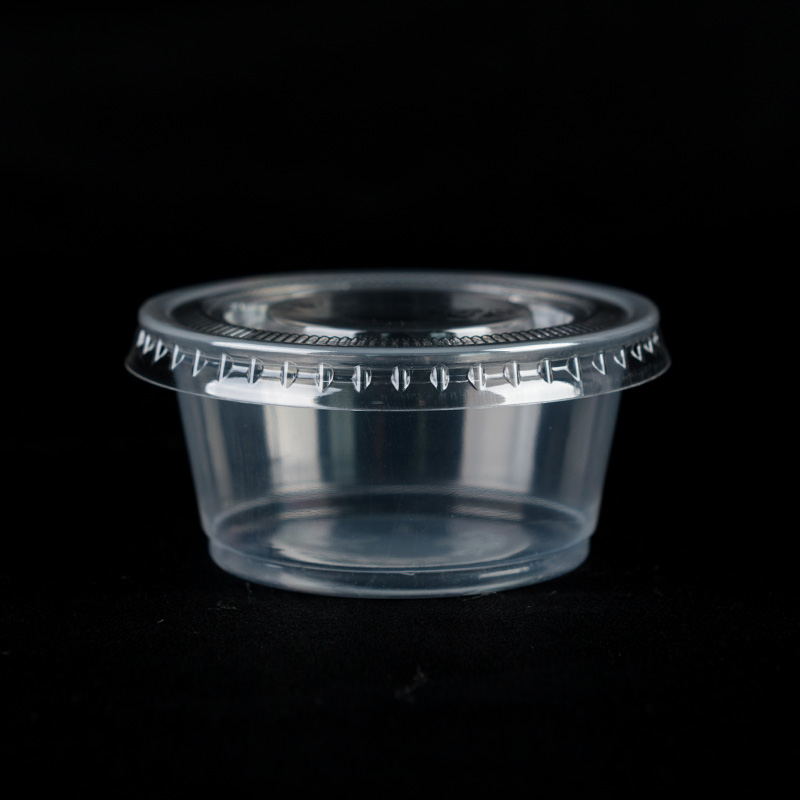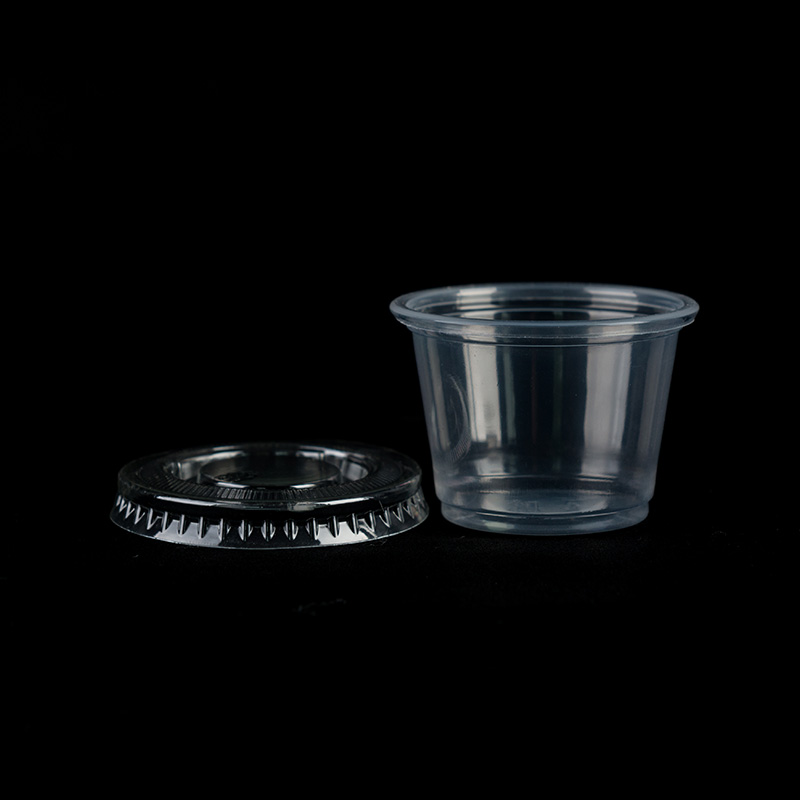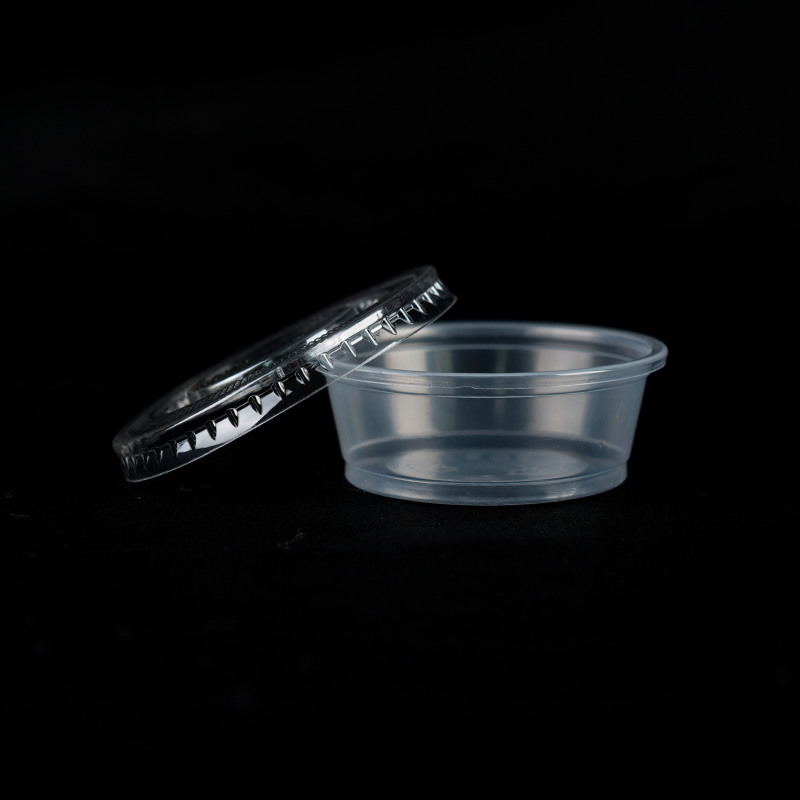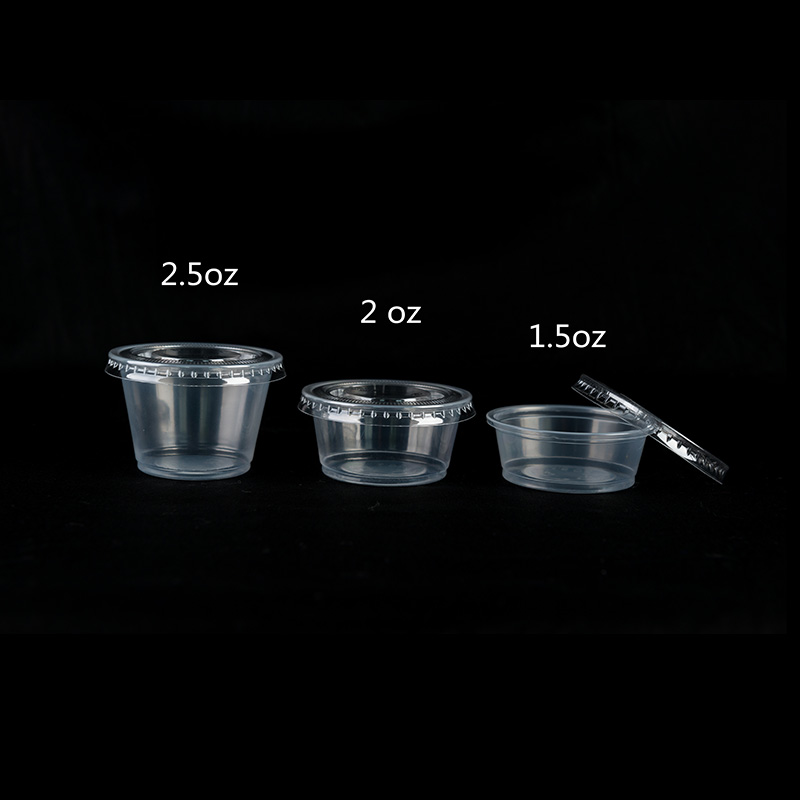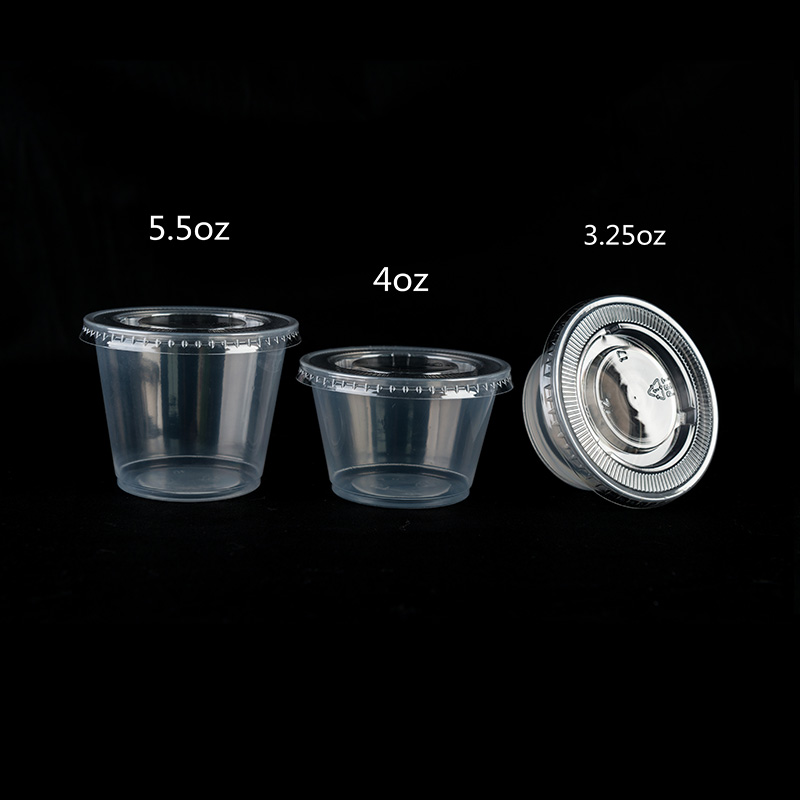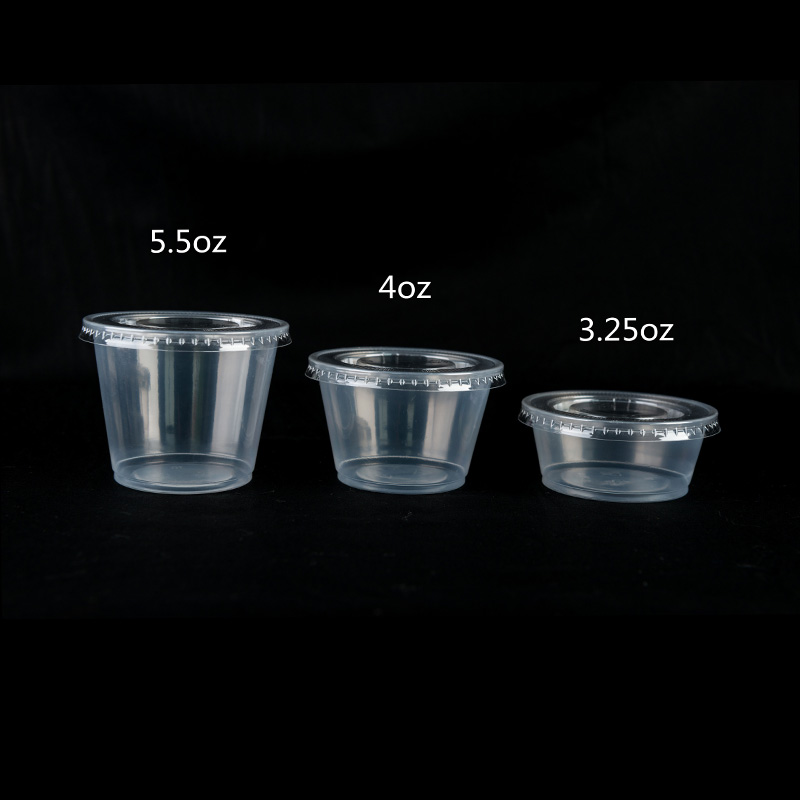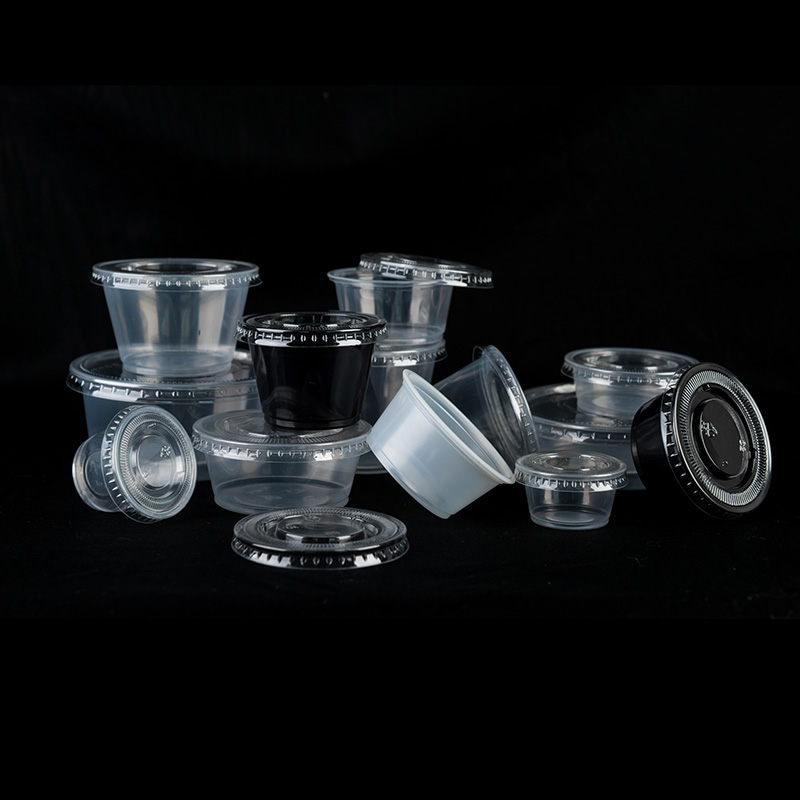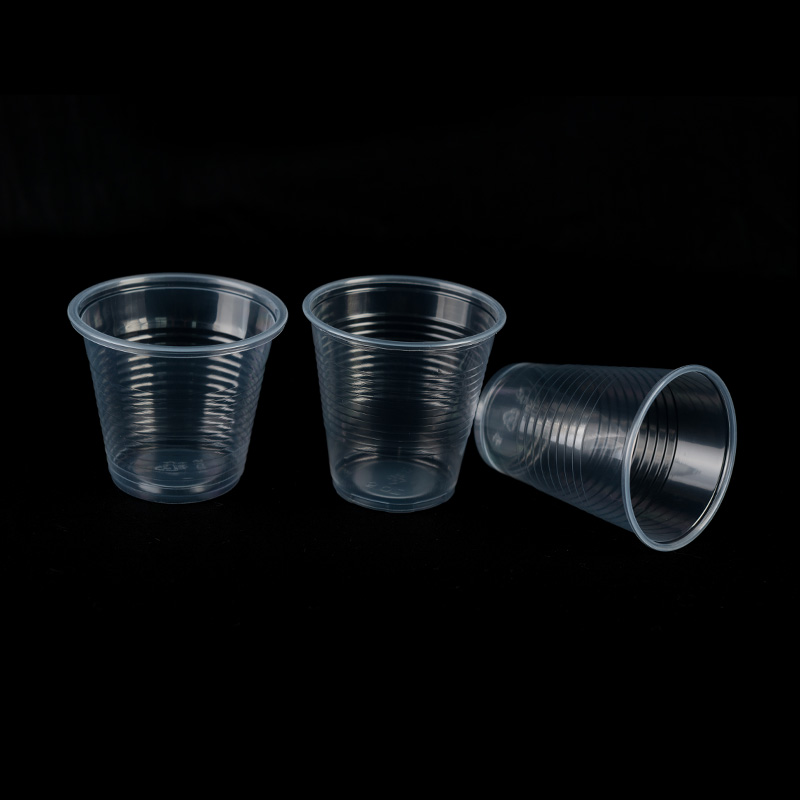In today’s fast-paced world, the Plastic Hot Drinking Cup has become a staple of modern life. From early morning coffee runs to late-night tea sessions in office break rooms, these cups offer convenience, portability, and insulation that meets the demands of a society always on the go. As small as it may seem, the Plastic Hot Drinking Cup plays a significant role in how people consume hot beverages daily, and understanding its benefits and drawbacks is important in the context of environmental sustainability and consumer health.
the notable appeal of the Plastic Hot Drinking Cup lies in its convenience. Lightweight and disposable, it allows users to enjoy hot drinks like coffee, tea, or hot chocolate without the burden of carrying a reusable container. This ease of use makes the Plastic Hot Drinking Cup a good choice for food trucks, coffee shops, and fast-food chains. Consumers can easily take their beverage with them, enjoy it on the go, and dispose of the cup when finished, saving time and effort.
From a design perspective, the Plastic Hot Drinking Cup is typically engineered to withstand high temperatures without deforming or leaking. Unlike paper-based cups that might soften or leak when holding hot liquids, the plastic variant retains structural integrity and resists moisture. Many Plastic Hot Drinking Cup models include features such as a double-wall structure for better heat insulation and a snug-fitting lid to prevent spills, making them not only practical but also safe for transport and use.
However, the widespread use of the Plastic Hot Drinking Cup comes with environmental implications. These cups are often made from polypropylene or polystyrene—types of plastic that are durable but not easily biodegradable. As a result, the disposal of millions of Plastic Hot Drinking Cups daily contributes significantly to landfill waste and environmental pollution. While some versions are recyclable, inconsistent recycling practices and contamination often result in improper disposal.
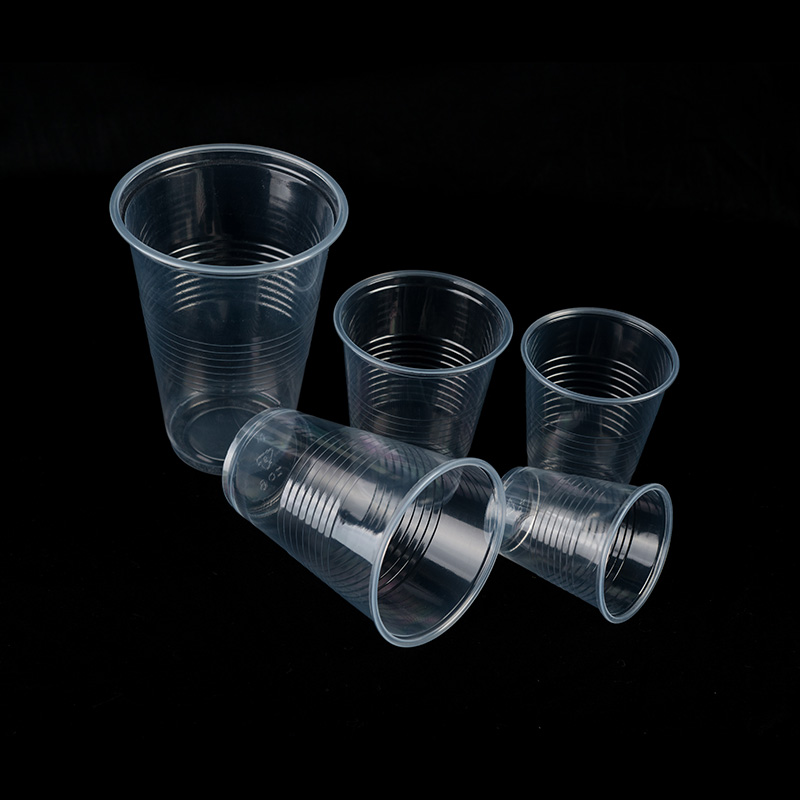
This concern has led to increased scrutiny of the Plastic Hot Drinking Cup by environmental organizations and policymakers. Many regions are introducing regulations aimed at reducing single-use plastics, which includes the common Plastic Hot Drinking Cup. In response, manufacturers are developing alternative materials and hybrid solutions, such as plastic-paper blends or fully compostable versions, to reduce ecological impact while preserving the benefits of traditional plastic designs.
Health considerations also play a role in the ongoing conversation about the Plastic Hot Drinking Cup. While generally deemed safe for single-use hot beverages, prolonged exposure to heat can potentially cause certain plastics to leach trace chemicals into liquids. For many consumers, the risk is little when the cups are used as intended, but it has prompted some individuals to seek alternatives such as reusable stainless steel or glass mugs, especially for regular consumption.
Businesses, too, are adapting to changing consumer preferences and environmental concerns by offering incentives to those who bring their own reusable containers instead of using a Plastic Hot Drinking Cup. Coffee shops may offer discounts or loyalty points to customers who avoid disposables, reflecting a broader cultural shift toward sustainability and responsibility. This trend also inspires innovation in the development of biodegradable versions of the Plastic Hot Drinking Cup, pushing the industry to evolve beyond traditional materials.



 English
English عربى
عربى
